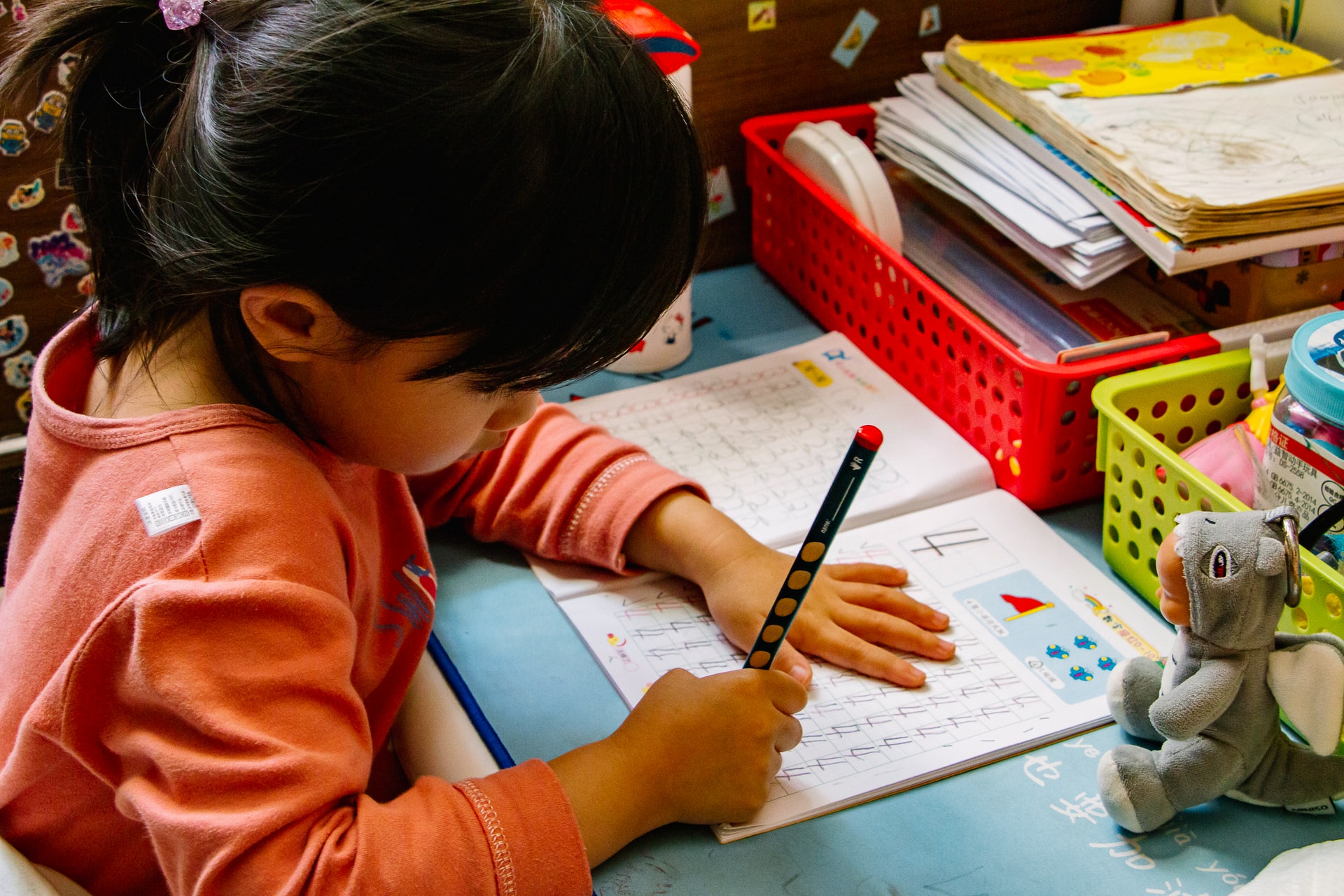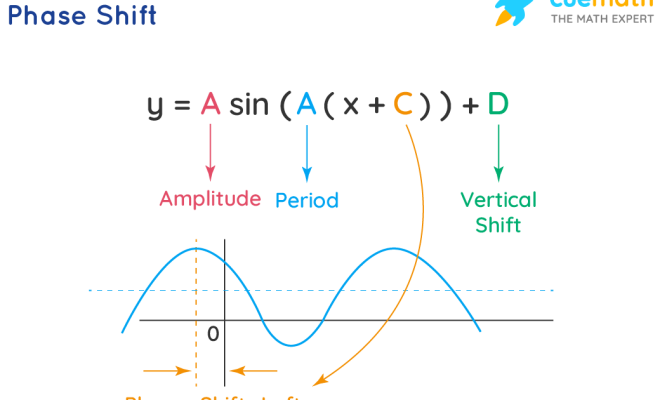How We Learn Math Patterns

The moment you hear the word “pattern,” you may visualize the repetitive design of wallpaper. But what’s the link between pattern and math?
Mathematics involves studying and recognizing patterns, which can be repetitive like the kitchen’s linoleum floor, or number-related patterns like identifying 9 is a square number as it contains three sets of 3.
Pattern Recognition Is a Basic Skill
Children start recognizing patterns at an early age when they sort items. With age, they proceed to organize these sorted items into repetitive series. Some kids may have a natural tendency for pattern recognition, while others may not. For example, a child may pick up a blue and a yellow block simultaneously from the pile beside her and organize them into a blue-yellow-blue-yellow pattern. Recognizing that the total pattern includes smaller components, which can be considered as a whole unit themselves (like a blue and a yellow block together form a whole) is an extremely advanced skill. Children who find pattern identification and arrangement difficult may take a blue and a yellow block separately, or may not be able to realize that the ABAB order of blue-yellow-blue-yellow can be generalized to cat-dog-cat-dog, or even altered into a more complicated order like ABBABB or blue-yellow-yellow.
Though some parents and educators may think otherwise, pattern recognition skills aren’t merely a kid’s play. These basic abilities to identify basic patterns and repeat them at a young age are fundamental to the mathematical skills children will learn later as they grow up. Research has revealed a strong connection between basic pattern recognition skills and a teen’s ACT scores. When kids identify that the entire pattern has smaller component parts, they build the foundation for learning later the mathematical skill of identifying that numbers are formed by smaller numbers, which will always add up to the same number irrespective of the sequence in which they are added.
Facilitate Building These Basic Skills in Kids
By recognizing patterns, kids can learn sequences and predict. These are foundational skills in subjects like Geometry and Algebra. To facilitate building these skills in kids, you should encourage pattern awareness all the time. You can ask kids to locate patterns in the sidewalk, in poems and rhymes, in the homes’ window arrangements, in a song’s beat, or even in flowing water. While discussing patterns with kids, you can persuade them to talk about their pattern and repeat or generalize it. Though adults may find the task of teaching pattern recognition dull and repetitive, kids take pleasure in looking for patterns. You can give them different leaves and sticks or diverse words and numbers, and ask them to arrange these into patterns, thus helping them considerably in developing the basic skill of pattern recognition.
You can’t underrate the significance of pattern awareness in young children. Teaching kids to identify and manipulate patterns they see around them can help build a long-term foundation for mathematical success. You can do it by spending just a few minutes every day to help your child view the surrounding settings in new ways, and they’re sure to thank you for it in the future.






